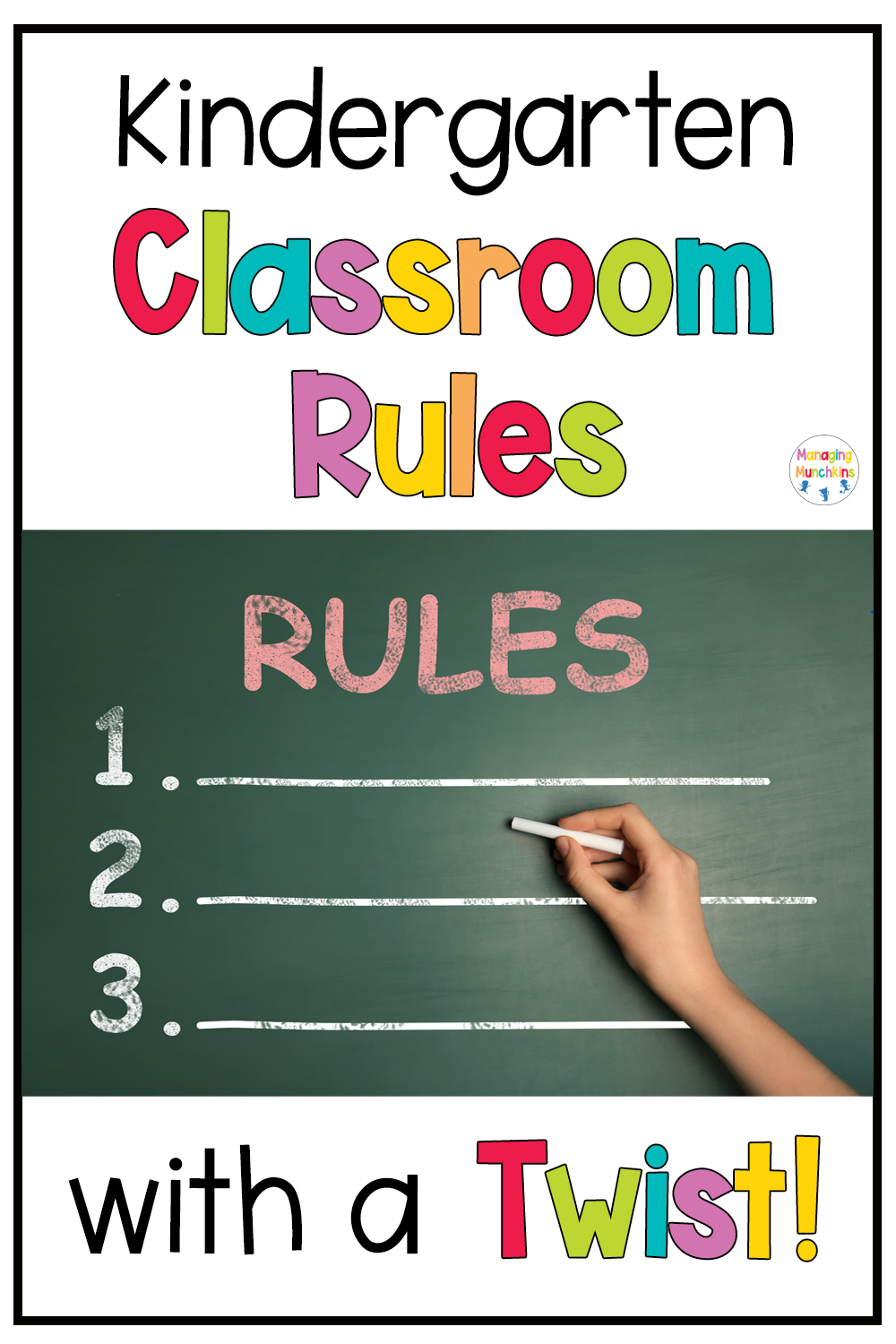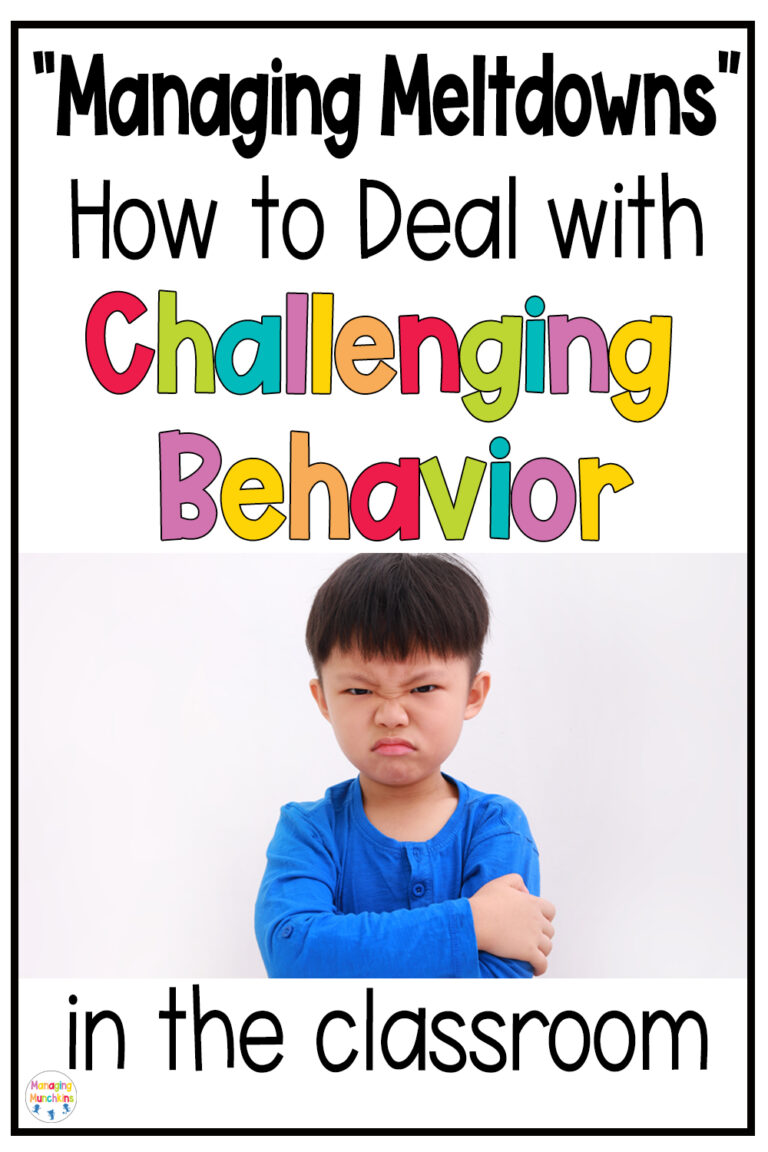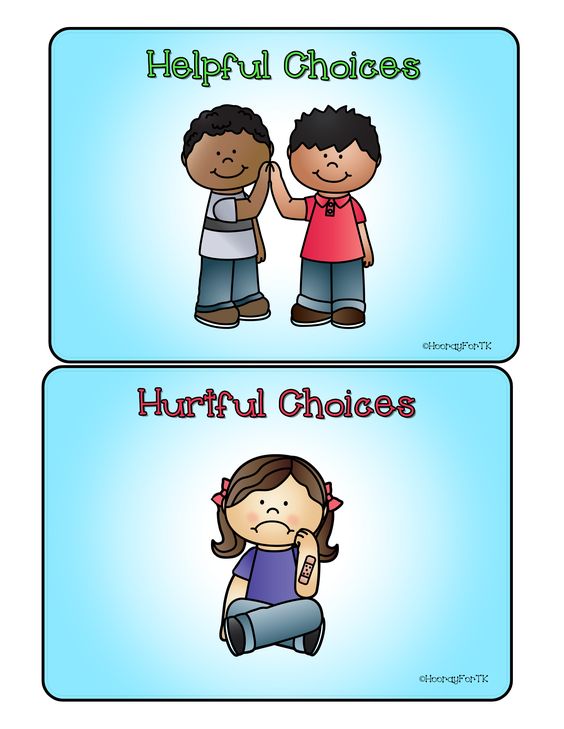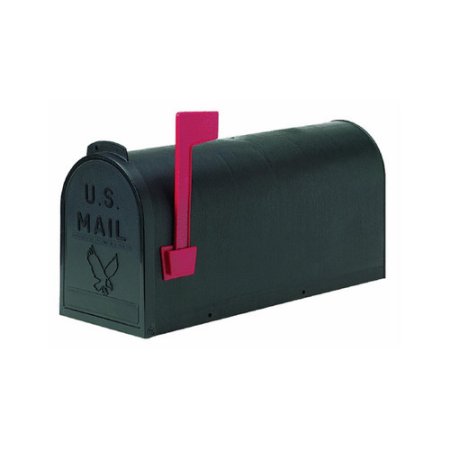Classroom Rules for Kindergarten (with a Brilliant Twist!)
What if I told you there’s a simple five-minute activity capable of halting disruptive student behavior in its tracks? Moreover, what if I shared that this activity is seamlessly integrated into your classroom routine, requiring less than 10 minutes of prep time? Sounds impossible, but it’s true and that’s the power of leveraging classroom rules for your kindergarten students.
I’m Katherine Barker, and today we’ll delve into a powerful tool called classroom rules. Now, before you dismiss this as basic 101, bear with me. I’ve got a unique twist on classroom rules that could be a game-changer for your classroom management systems and effectively turn around student behavior.
But first, let’s address the importance of rules.
Why Are Classroom Rules for Kindergarten Important?
Clear expectations are crucial for our young learners. Rules serve as a guide, showcasing the desired behavior and setting the stage for a positive learning environment. Think of classroom rules as the foundation of your classroom management system. Everything builds upon these rules.
In this video, I’ll share three tips on optimizing classroom rules in your kindergarten setting. We’ll discuss the design of your rules, incorporating the call and response method, and the significance of daily rule reviews.

Designing Classroom Rules:
- Visuals are key. Use pictures or clip art alongside each rule to make it visually impactful.
- Keep the language Kinder-friendly and positive. For instance, use “use walking feet” instead of “no running.”
- Limit the rules to a manageable number, preferably no more than five, focusing on what’s most important for your classroom.
- Post the rules in an easily accessible place, ensuring visibility for the students.
Call and Response Method:
- Engage students with the call and response method. Start by pointing to a rule and saying it together, incorporating a gesture for each rule.
- Progress to a more responsive method, where you say the rule number, and the students respond with the corresponding behavior.
- This Total Physical Response and gesture integration make the rules memorable and effective.
Daily Rule Reviews:
- Initially, review the rules daily for about a month to six weeks, ensuring memorization.
- Subsequent reviews can be less frequent but consider revisiting them during behavior challenges, after breaks, or when having a substitute teacher.
The goal is rule memorization. A quick story illustrates the power of this. In the library, when my class got noisy, a simple “rule number one” had them chorally responding, “raise your hand to talk.” Instantly, they remembered and followed the rule without fuss.
In a Nutshell:
In summary, design rules with visuals, keep it Kinder-friendly, use the call and response method with gestures, and review the rules until they’re memorized. This investment pays off, creating a well-oiled machine of a classroom where students know the expectations, allowing you to relax and trust in their capabilities.
If you found this video helpful, please like and subscribe. Stay tuned for more valuable insights. Until then, happy teaching! 🍎




